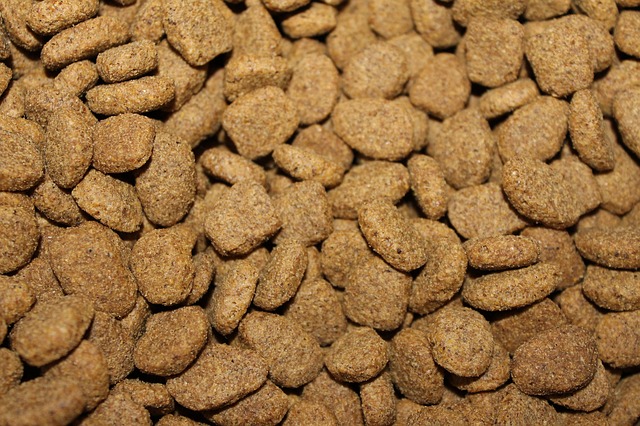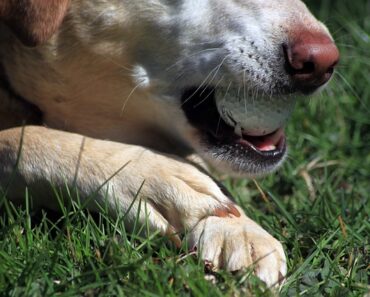Nowadays, when a household has a dog and/or a cat, the small animal is considered a full-fledged member of the family. And, since we care about them, it is therefore legitimate to wonder about their diet and more particularly about the composition of this food. We are hearing more and more about carbohydrates in a negative way. But what do they really mean and what are the risks for dogs and cats when consuming them?

What are carbohydrates?
Carbohydrate is the name given to what are commonly called sugars. There are different types of carbohydrates: simple and complex, commonly referred to as fast and slow sugars.
In the composition of dog and cat food, the five main sources of carbohydrates are, in order of importance: cereals, vegetables, legumes, potato and sweet potato.
If you look at the list of ingredients in your pet’s kibble, you will see that in the vast majority of cases, these ingredients are very present. The ingredients are listed in order of importance in terms of quantity in the composition of the product.
The problem? The metabolism of dogs and cats is not designed to assimilate carbohydrates in large quantities, because their saliva does not have the necessary enzymes. Only a portion of these carbohydrates can be assimilated by their bodies, and this sugar increases their blood sugar levels.
The risks of carbohydrate consumption
In order to respond to this high blood sugar level and to try to balance it, an organ will play the role of regulator by producing insulin, the pancreas.
With a daily consumption of kibbles with a high carbohydrate content, the pancreas is overworked and does not have time to restore a suitable blood sugar level between meals.
The body then oscillates between repeated hyperglycemia and permanent insulin production, which, in the long term, will considerably weaken the animal’s health.
This can lead to overweight or obesity, cardiovascular problems, kidney failure, diabetes…
How to calculate the carbohydrate content of kibbles?
In the vast majority of cases, the carbohydrate content of kibbles is not indicated. Why not? Simply because the European legislation does not require it. It is up to you to calculate the carbohydrate content of your kibble, taking into account certain values that you have in your possession. The calculation is simple, it includes an addition and a subtraction.
To proceed, take the following values indicated on your dog or cat’s kibble package and add them together: percentage of raw protein + percentage of fat + percentage of ash (or mineral matter) + percentage of fiber (or raw cellulose) + percentage of moisture. Then subtract 100. You get the carbohydrate content.
(Crude Protein + Fat + Ash + Fiber + Moisture) – 100 = Carbohydrate content
It is possible that some of the requested rates are not indicated. It is then advisable to make this calculation with the average rate observed, i.e.: 8% for ash, 3% for fiber and 10% for moisture.
Interpretation of the carbohydrate rate
Once the calculation has been made, it is essential to interpret the result obtained in order to assess the quality of the kibble you are giving your pet, in direct relation to the carbohydrate content.
Carbohydrate content between 20 and 25: Good quality
Carbohydrate content between 25 and 30: Average quality
Carbohydrate levels above 30: Poor quality
Note that the carbohydrate content is not the only criterion to consider when determining the quality of a kibble.
Are there kibbles for dogs and cats without carbohydrates?
No, there are no kibbles without carbohydrates, because starch, a complex carbohydrate, is essential for the formation of kibbles. It is essential to compact them and therefore to ensure that they hold together well, otherwise they crumble and are therefore inedible.
However, if you wish to give your pet a food with a reduced carbohydrate content, don’t hesitate to calculate the rate of carbohydrates.






